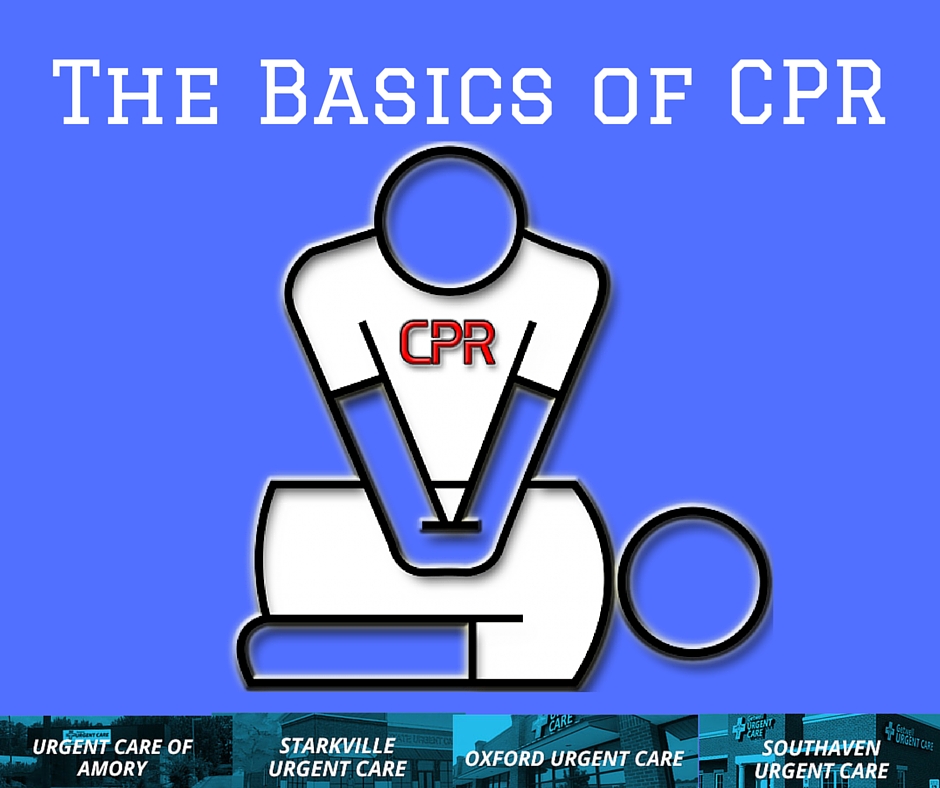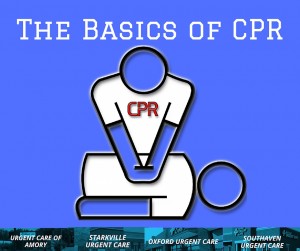
 Cardiopulmonary resuscitation (or CPR) is a technique that has saved countless lives. Anyone can learn it, and everyone should. You never know when someone may need help. It could be a stranger, a family member, your friend, or your child! Even if you aren’t 100% certain of your abilities, doing anything is better than nothing at all.
Cardiopulmonary resuscitation (or CPR) is a technique that has saved countless lives. Anyone can learn it, and everyone should. You never know when someone may need help. It could be a stranger, a family member, your friend, or your child! Even if you aren’t 100% certain of your abilities, doing anything is better than nothing at all.
CPR is required when someone’s heart has stopped beating, or they’re no longer breathing. If someone has had a heart attack, nearly drowned, or had a similar emergency, they may not survive until paramedics arrive without CPR. When someone’s heart has stopped, the lack of oxygenated blood to the brain will cause brain damage in a few minutes, and death within 8 to 10 minutes. CPR will keep oxygenated blood flowing to the brain and other organs, giving paramedics time to arrive.
Remember CAB When CPR is needed: compressions, airway, breathing.
- Chest compressions
The most important part of CPR are the chest compressions. This keeps blood flowing by manually pumping it through the body. If you have no training, you should only attempt chest compressions. Make sure the person is on a flat surface, and kneel next to their neck and shoulders. Use the heel of one hand, and put it in the center of their chest, between the nipples. Take your other hand and put it on top of the other, lacing the fingers. Keep your elbows straight and keep your shoulders above your hands (you should be leaning over the other person). Use your upper body weight to compress the person’s chest at least 2 inches, then release. Repeat the compression at a rate of about 100 compressions a minute. Continue compressions until help arrives, or the person starts to move.
- Make sure the airway is clear
After 30 chest compressions, use the head-tilt, chin-lift maneuver: place your palm on their forehead and tilt back gently. Use your other hand to lift the chin forward, opening up the airway. Look for any obstructions in their mouth, and remove any by sweeping it out with your finger. Check to see if the person is breathing: look for rising and falling of the chest, listen and feel for airflow through the mouth and nose with your ear. If they are not breathing normally, continue on to rescue breathing (wheezing or gasping is not normal breathing). If they are breathing normally, resume chest compressions.
- Rescue breathing
After opening the airway, pinch their nostrils closed, and make a seal over their open mouth with yours. Give one rescue breath that lasts one second, and watch their chest to see if it moves. If it does, go ahead with the second breath. If it does not, repeat the head-tilt, chin-lift and try again. The cycle is 30 chest compressions, two rescue breaths.
These are the basics of CPR. For children and babies it’s slightly different, primarily in the force used during rescue breathing, and how the chest compressions are done: you use one hand for children, and two fingers for babies. To learn more about CPR, click here.
